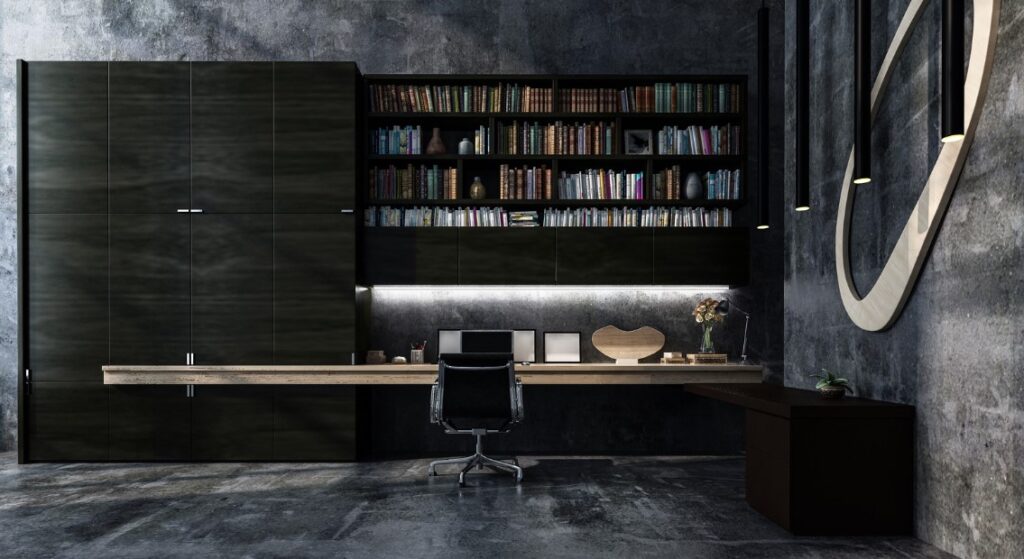
In recent years, the home office has evolved from a luxury to a necessity. Whether you’re working remotely, freelancing, or need a dedicated space for personal projects, designing a productive and comfortable workspace is crucial. Here’s how you can create an environment that enhances your efficiency and well-being.
Choose the Right Location
The first step in designing your home office is selecting the right location. Ideally, this should be a quiet area with minimal distractions. If you don’t have a separate room, consider a quiet corner of your living room or bedroom. The key is to choose a spot where you can focus and work uninterrupted.
Invest in Quality Furniture
Comfort and ergonomics are paramount in a home office. Invest in a good-quality chair that provides adequate support for your back. Your desk should be at a height that allows you to work comfortably, with your computer screen at eye level. Adjustable desks that allow you to alternate between sitting and standing can also be beneficial for your health.
Optimize Lighting
Lighting can significantly impact your productivity and mood. Natural light is the best option, so try to position your desk near a window. If that’s not possible, invest in good-quality artificial lighting. A combination of overhead lighting and a desk lamp can reduce eye strain and create a pleasant working environment.
Keep It Organized
A cluttered workspace can lead to a cluttered mind. Keep your home office organized by using shelves, drawers, and storage boxes. Regularly declutter your desk to ensure that only essential items are within reach. An organized space can help you stay focused and improve your efficiency.
Personalize Your Space
Your home office should reflect your personality and style. Add personal touches such as artwork, plants, or family photos. These elements can make your workspace more enjoyable and inspiring. Plants, in particular, can improve air quality and create a calming atmosphere.
Minimize Distractions
Identify potential distractions in your home and take steps to minimize them. This might involve setting boundaries with family members, using noise-canceling headphones, or creating a schedule that aligns with your household’s routine. The goal is to create a space where you can concentrate fully on your work.
Incorporate Technology Wisely
Technology is an essential part of any modern home office, but it can also be a source of distraction. Ensure your workspace has reliable internet access and the necessary tools for your work, such as a computer, printer, and scanner. However, try to limit non-essential devices that might distract you, such as televisions or gaming consoles.
Create a Routine
Establishing a daily routine can help you maintain a work-life balance. Set specific working hours and stick to them as closely as possible. This can help you stay disciplined and avoid the temptation to overwork. Additionally, taking regular breaks is essential for maintaining productivity and preventing burnout.
Focus on Ergonomics
Ergonomics is about creating a workspace that fits your body and reduces strain. Ensure your chair and desk are at the correct height, your monitor is at eye level, and your keyboard and mouse are positioned to minimize strain on your wrists. Using an ergonomic keyboard and mouse can also help reduce the risk of repetitive strain injuries.
Regularly Review and Adjust
Your needs and preferences may change over time, so it’s important to regularly review and adjust your workspace. This could involve rearranging furniture, updating equipment, or adding new elements to keep your office fresh and functional. Regular adjustments can help ensure your workspace continues to support your productivity and comfort.
By following these tips, you can create a home office that is both productive and comfortable. A well-designed workspace can enhance your efficiency, reduce stress, and make working from home a more enjoyable experience.



